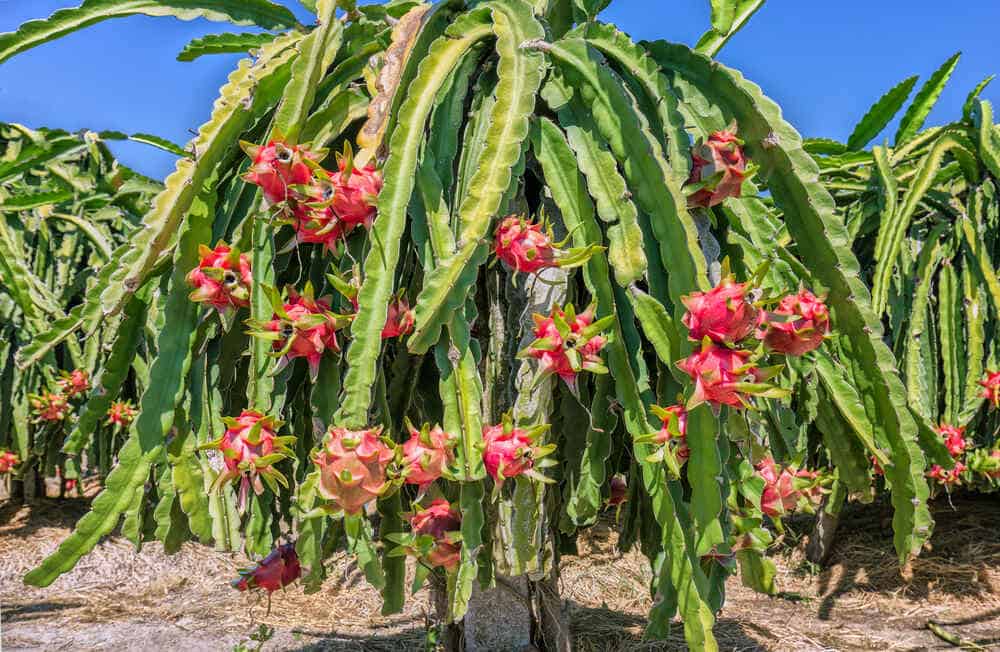Table of Contents
Many plants that grow in desert areas or dry conditions have spikes for survival. With time, many of these plants are used as decoration or gardening plants as ornamental plants. With the rise in both personal and commercial home gardening, it becomes harder to remember which spiky plant is poisonous and which is not.
That’s why it is important to understand whether they are poisonous. No worries. We have curated this post to help you understand more about the spiky plant, the toxic or poisonous spiky varieties, what makes them poisonous, which spikey plant varieties are safer and much more.
So, keep reading if you want to know more about spiky plants.
Thorny Plant: Types and Varieties
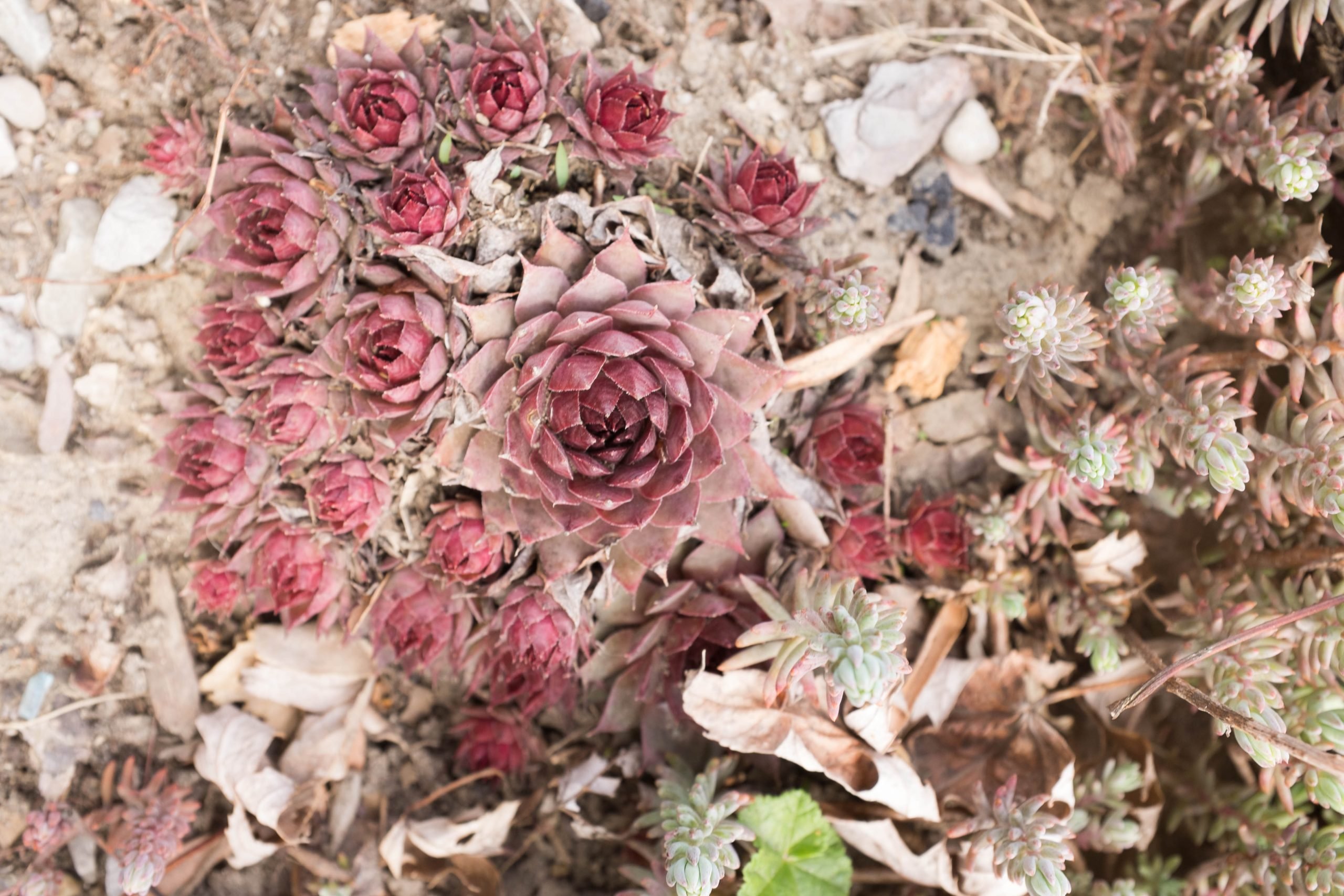
Thorny plants have various varieties, including dragons, cacti, ornamental plants, thorny shrubs, and vines. Some of them only yield flowers, and some of these plants also grow fruits. The spikes and thrones prevent the delicate and smaller plants from the herbivorous animals.
When it comes to survival because of the surroundings, the plants save the water in dried condition, as the spikes on these planets help prevent water loss, for the branches and flowers, spikes and thrones offer the structural support that stays on the outer layer until the fruits of these planets don’t get ripped totally.
Characteristics of The Poisonous Thorny Plants
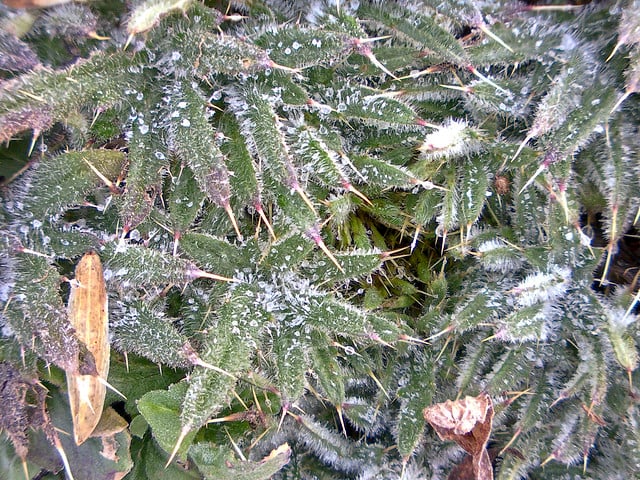
The presence of spikes doesn’t confirm whether the plant is poisonous. So, these plants can be poisonous, toxic, or nonpoisonous.
When looking for the poisonous and nonpoisonous factors, focusing on the botanical characteristics helps to identify them. This includes several sections and parts of the plants from the leaves, branches, flowers, and their fruits.
Apart from the sectional botanical characteristics, the flowers of some plants also have a toxic and poisonous smell that people mistake for a sweet fragrance.
If you are willing to use these plants for your home or gardening, professional help from botanical experts or nursery members will make things easier for you.
List of Some Common Poisonous Thorny Plants
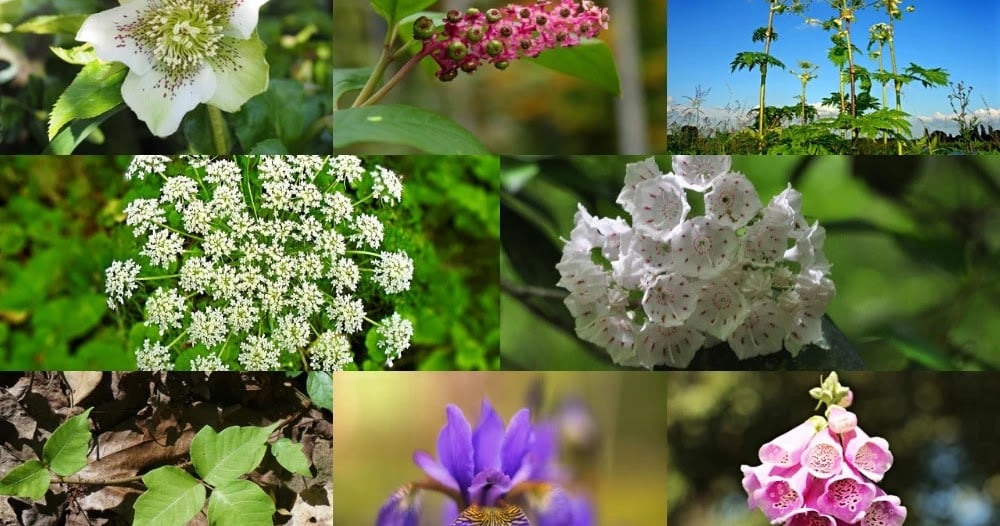
There are several toxic spiky plant varieties, like the Castor oil plant, Jimson weed, Lantana, Nerium Oleander, Bitter Nightshade, Mountain laurel, Dracunculus vulgaris, Chinese lanterns, Stinging Nettle, Aconitum, Giant Hogweed, Yellow Dock, Rosary pea, Tobacco, Abrus Precatorius, Lily of valley, rhubarb, Foxglove, Rafflesia, Wisteria, Lilies, Arnoldii, Drakaea Glyptodon fraudulent Flower, Drosera Rotundifolia, Nepenthes Truncata, Crown Of Thrones, Titan Arum Corpse Flower, Porcupines Tomato, and many more plants like these.
Some of the spiky plants’ descriptions are given as follows for a better understanding.
1. Castor Oil Plant
According to the Guinness Book of World Records, this plant is considered the most poisonous plant on the earth. The name of thePalm of Christ also knows this plant. The oil of this plant can heal the wounds but has the power to kill the life. According to the CDC reports, one mg of Castor oil plant poison is enough to kill an adult body of living beings. This poison is present in the seeds of plants and in the dark leaves to a greater extent.
2. Nerium Oleander
The crimson-white, magenta flowery plant is poisonous from stem to sap. The accidental inhalation of the toxic fragrance of these spiky flowers results in irregular heart rates. In many cases, the heart rate starts dropping to a lower rate as compared to the normal, and it suddenly stops, which results in the death of the person or any living organisms. Even the burning smoke of the flowers of this plant results in a similar condition.
3. Aconitum
This plant seems aesthetic and attractive enough for the garden but is poisonous. This plant iis known as the Devil Helmet, apart from several other names. A few drops of liquid from this plant and flower can result in paralysis, can choke the entire breathing system, and can result in death.
4. Crown of Thrones
This spiky plant is called Crown of Thrones because it is evil and commonly known by the death metal album phrase. The plant has vibrant foliage and flowers that look so good to use in the garden, but the plant stem and arms are heavily loaded with the thrones. So, this plant is toxic. If you incidentally touch the sap and spikes of Crown of Thrones, your skin will start getting irritated. If ingested or consumed, it is toxic and can poison health and life.
5 . Porcupine Tomato
This spiky plant is aggressive because of the deadly spiky combination of its leaves and stems. So, the Porcupine tomato is also known as the Devil Thorn shrub. Some species of this plant have a toxic alkaloid presence that can result in serious health issues or death if ingested.
Non-Poisonous Spiky and Thorny Plants
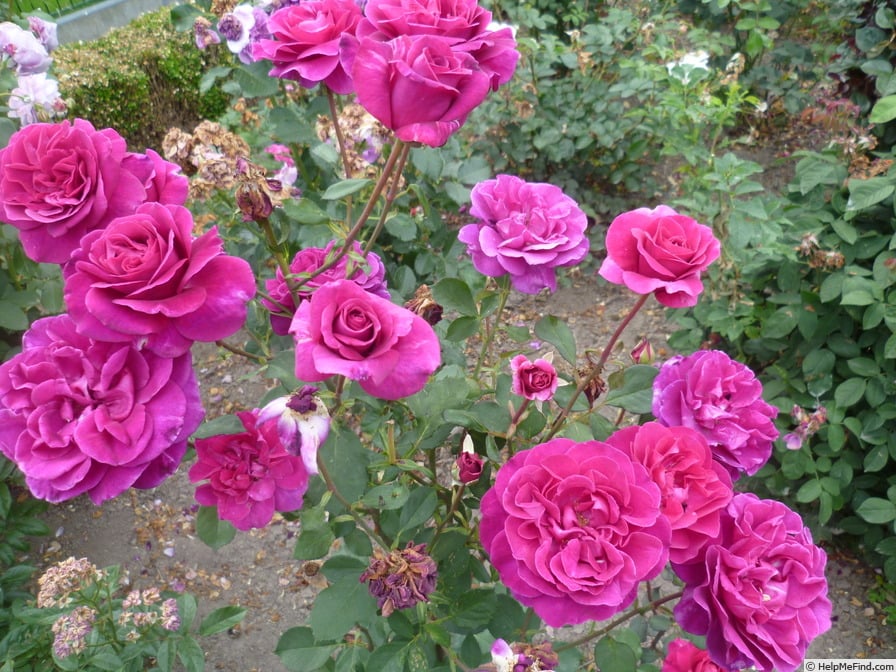
Several plants are not poisonous and can be used for gardening and ornamental purposes with little care and maintenance. Plants like the holly, Rose, Acacia, Blackberry, Bougainvillea, Agave Firethorn, Oregon grape, Honey Locust, Porcupine Tomato, and many more thorny plants.
1. Rose Shrub
The rose plants have scattered thrones in the stems and branches, but their flowers are delicate. These are ornamental plants whose flowers are used in many special functions and occasions for their delicate vibes and vibrant appearance. Their sweet fragrance is used for many purposes, including spas and perfumes.
2. Holly Plant
This Plant has vibrant green leaves and red fruits, apart from the spikes. This spiky plant is also known as the Christ throne and is used for Christmas for various purposes.
3. Agave Plant Species
Agave is a complete genus of Succulents with spikes on their structure. These pikes are sharper and stronger but not poisonous. In Mexico, women used these spiky thrones for needling and sewing purposes.
4. Blackberry
Blackberry shrubs are like the rose plants in the spikes and thrones, but they are without the gentleness of roses. These shrubs are used as hedges for protection; the other benefit they give is those blackberries that are popular in the marketplace.
Final Thoughts
Every spiky plant variety is not poisonous but depends on many factors. So, understanding more of the common characteristics of spiky poisonous plants can help you to identify the poisonous plants.
This post showed you that plants are poisonous to help you understand more about the poisonous, nonpoisonous, and toxic plants so that you can utilize them for your personal or commercial usage and prevent yourself from the poisonous thorny plants if you want more ways to add value to your home’s garden or flowering elegance, sign up and get our best strategies sent to your inbox.

